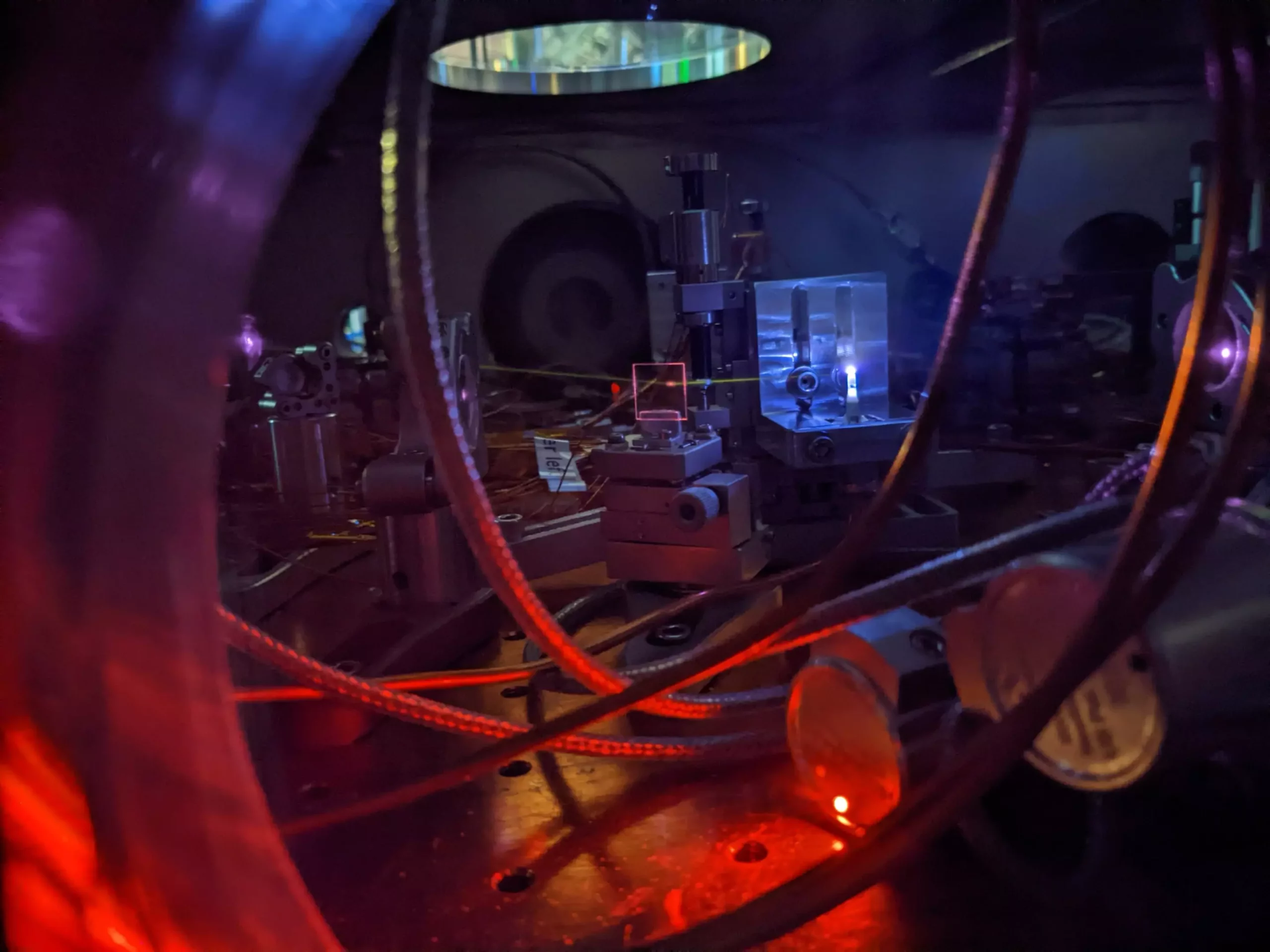As humanity continues to advance in technology, our methods of measuring time have also evolved significantly, transitioning from sundials to atomic clocks. However, the potential development of a nuclear clock presents an intriguing possibility for achieving unprecedented precision in timekeeping. Researchers at JILA, a collaboration between the National Institute of Standards and Technology (NIST) and the University of Colorado Boulder, have recently taken significant strides towards realizing this innovative concept. Their findings, published in the journal Nature, illustrate the exciting future of time measurement and its implications for both everyday life and fundamental physics research.
Nuclear clocks operate fundamentally differently from conventional atomic clocks. While atomic clocks rely on electron transitions between energy levels to measure time, nuclear clocks look to the nucleus of atoms for their “ticks.” This method is more resilient against external factors that can disrupt time measurement, such as stray electromagnetic fields. The nucleus, where protons and neutrons exist close together, is essentially more stable than the electron clouds that surround it.
In their recent experiments, the JILA team employed advanced techniques including a specifically designed ultraviolet laser and an optical frequency comb. These tools allowed them to measure the frequencies of energy transitions in thorium-229 nuclei embedded within a solid crystal. Although this is not yet a fully functional nuclear clock, it encapsulates all the essential components required for developing such a clock, suggesting a future where time measurement could reach extraordinary levels of accuracy.
The implications of a practical nuclear clock extend far beyond academic fascination; they could dramatically enhance a wide array of technologies that rely on precision timing. Atomic clocks are currently integral to global positioning systems (GPS), internet synchronization, and secure financial transactions. A nuclear clock could push these technologies to new heights by offering even more precise navigation systems, which could potentially operate effectively without a GPS signal. This advancement would also usher in improvements in internet speeds, network reliability, and the overall security of digital communications.
In addition to improving everyday technologies, nuclear clocks may play a crucial role in advancing our understanding of the universe. They stand to enhance the testing of fundamental theories in physics, such as the nature of dark matter and the constancy of physical laws. The ability to assess whether some constants of nature are truly constant could lead to groundbreaking discoveries in particle physics, diminishing the need for extensive and expensive particle accelerator facilities.
Despite the promising advances, the development of a fully functioning nuclear clock is not without its challenges. Producing the necessary energy jumps in atomic nuclei generally requires coherent X-rays – a high-frequency light form not currently accessible with existing technologies. Consequently, the research team opted to focus on thorium-229, which exhibits a lower energy transition requiring less energetic ultraviolet light. This choice represents a strategic move to create a viable path towards the practical realization of a nuclear clock.
The researchers made notable progress with the thorium-229 transition, first discovered in 1976 and observed directly only in 2016. The JILA team’s breakthroughs included measuring the wavelength of ultraviolet light essential for flipping the nuclear “switch,” thereby laying the groundwork for all the critical technologies needed in a nuclear clock.
While the current attempts at developing nuclear clocks are still in their infancy, they showcase immense potential. The insights gained have already enabled unprecedented observations, including the unique structural details of the thorium nucleus. Furthermore, scientists have achieved a level of precision in measurement that surpasses previous efforts by a millionfold.
As researchers work towards creating a compact and stable nuclear clock, it is only natural to envision a timekeeping device that could operate flawlessly for billions of years without losing a second. Physicist Jun Ye’s analogy of a wristwatch remaining accurate through such vast spans presents an exhilarating possibility.
As engineers and physicists continue to explore the prospect of nuclear clocks, they are not only pushing forward the boundaries of timekeeping precision but also delving deeper into the fabric of the universe. With ongoing dedication and innovation, we stand on the brink of one of the most transformative developments in the history of measurement science.


Leave a Reply